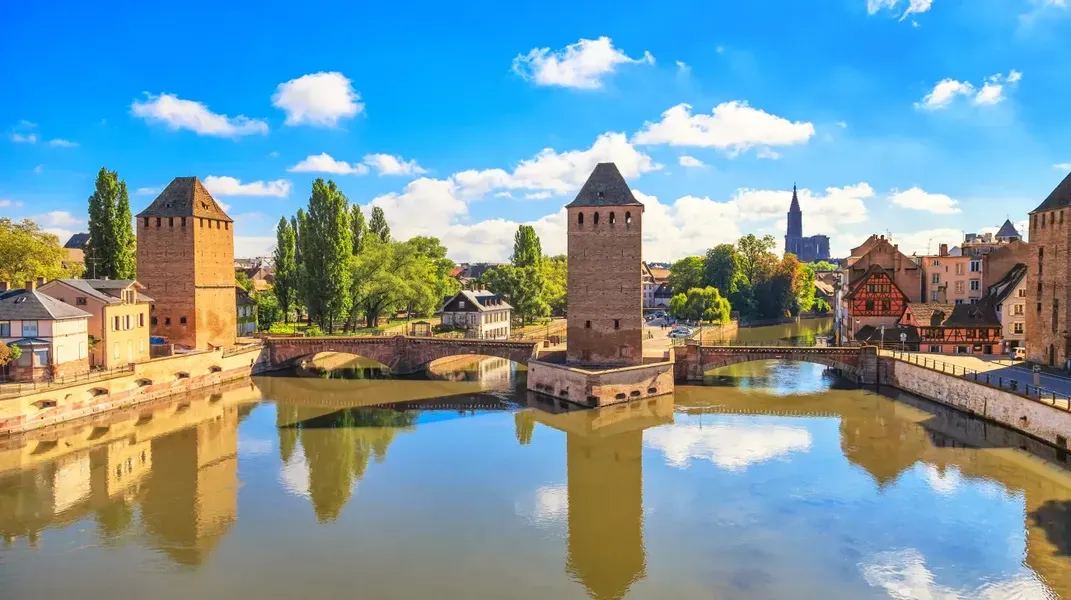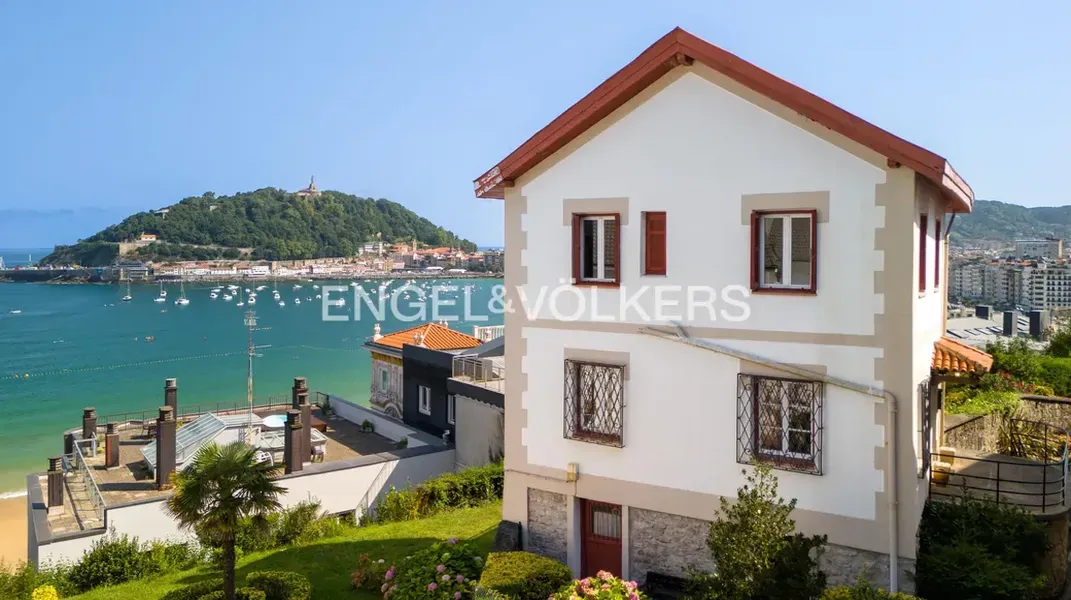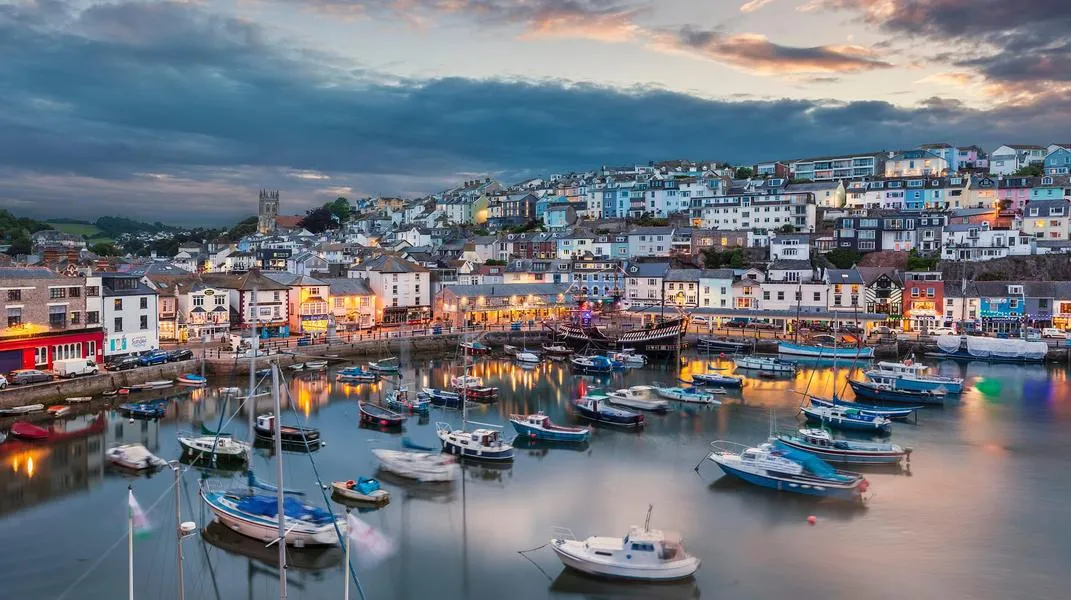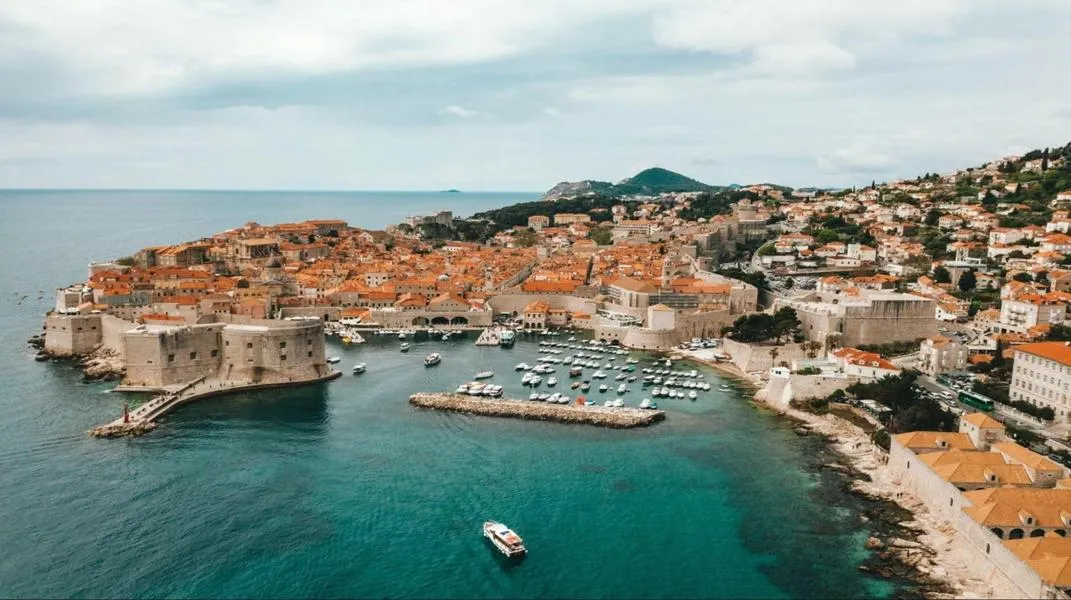Exploring Strasbourg: A Jewel of European Culture and Heritage
Strasbourg, the capital of the Alsace region in northeastern France, is a city that embodies the rich tapestry of European history, culture, and architecture. With its unique blend of French and German influences, picturesque canals, and vibrant cultural scene, Strasbourg is a must-visit destination for travelers seeking both beauty and history. This article will delve into the attractions of Strasbourg, offering a comprehensive guide to what you can expect when visiting, alongside a detailed list of materials you should prepare for an unforgettable journey.

A Brief History of Strasbourg
Strasbourg has a storied past that dates back to Roman times when it was known as Argentoratum. Over the centuries, it has been a focal point of various cultures and political powers, switching hands between France and Germany multiple times. This tumultuous history has shaped its unique character, making it a microcosm of European diversity.
The city is home to the European Parliament and is a symbol of European unity, embodying the spirit of cooperation and collaboration that defines the continent today. Its historical significance is recognized by UNESCO, which designated the city center as a World Heritage Site in 1988.
Key Attractions in Strasbourg
1. The Grande Île
The Grande Île, or "Big Island," is the heart of Strasbourg and a UNESCO World Heritage site. Surrounded by the Ill River, this quaint island is home to narrow streets, half-timbered houses, and stunning architectural landmarks. A stroll through the Grande Île offers a glimpse into the city's past, with its charming boutiques, cafés, and galleries.
Must-See Sites:
- Strasbourg Cathedral (Cathédrale Notre-Dame de Strasbourg): An architectural marvel, this Gothic cathedral boasts an intricate façade and a stunning astronomical clock. Climbing the 332 steps to the top provides a breathtaking view of the city and the surrounding Alsace region.
- La Petite France: This historic district features picturesque canals and traditional Alsatian houses. Once the home of tanners and fishermen, La Petite France is now a popular area for visitors to explore and photograph.
2. European Institutions
Strasbourg is often referred to as the "capital of Europe" due to its role as the seat of several major European institutions, including the European Parliament and the European Court of Human Rights. Visitors can take guided tours of these institutions to learn about their functions and the important role they play in European governance.
3. Museums and Cultural Institutions
Strasbourg boasts a rich cultural scene, with numerous museums and galleries showcasing everything from contemporary art to local history.
- Musée Alsacien: This museum offers a fascinating insight into the culture and history of the Alsace region, featuring traditional costumes, furniture, and artifacts.
- Museum of Modern and Contemporary Art (MAMCS): Housed in a striking modern building, MAMCS features an impressive collection of contemporary art, including works by renowned artists such as Monet and Picasso.
4. Parc de l'Orangerie
For those seeking a serene escape from the bustling city, Parc de l'Orangerie is an idyllic green space perfect for leisurely walks, picnics, or simply enjoying nature. The park features beautiful gardens, a small lake, and even a mini-zoo, making it a delightful spot for families.
5. Food and Drink
No visit to Strasbourg is complete without indulging in the local cuisine. The city is famous for its hearty Alsatian dishes, such as:
- Choucroute garnie: A traditional dish made of fermented cabbage and various meats.
- Tarte flambée: A thin-crust pizza topped with crème fraîche, onions, and bacon.
- Bretzels: Soft pretzels that are a beloved snack throughout the region.
Pair your meals with local wines, particularly the renowned Alsatian whites such as Riesling and Gewürztraminer, or sample the region's famous beer.
Preparing for Your Visit to Strasbourg
To ensure a smooth and enjoyable visit to Strasbourg, it is essential to prepare adequately. Below is a detailed list of materials you should consider bringing and arranging before your trip.
Essential Documents
- Passport: Ensure your passport is valid for at least six months beyond your planned departure date from the Schengen Area.
- Visa: Check if you require a visa to enter France, depending on your nationality. If necessary, apply for a Schengen visa in advance.
- Travel Insurance: Consider purchasing travel insurance to cover medical emergencies, trip cancellations, and lost belongings.
Travel Arrangements
- Flights: Book your flights to Strasbourg International Airport (SXB) or consider flying into nearby airports like EuroAirport Basel-Mulhouse-Freiburg (BSL) or Stuttgart Airport (STR) and taking a train to Strasbourg.
- Accommodation: Research and reserve accommodations that suit your budget and preferences. Options range from luxury hotels to charming guesthouses and affordable hostels.
- Transportation: Strasbourg is well-connected by public transport, including trams and buses. Consider purchasing a Strasbourg Transport Pass for unlimited travel within the city. If you plan to explore the surrounding Alsace region, renting a car may be beneficial.
Clothing and Personal Items
- Weather-Appropriate Clothing: The weather in Strasbourg can vary significantly depending on the season. Pack layers for spring and fall, and be prepared for colder temperatures in winter. Comfortable walking shoes are essential, as much of the city is best explored on foot.
- Umbrella or Raincoat: Strasbourg experiences rainfall throughout the year, so having a compact umbrella or raincoat can be useful.
- Camera or Smartphone: Capture the beauty of Strasbourg by bringing a camera or smartphone for photographs. Don’t forget to include a portable charger!
Itinerary Planning
- Research Attractions: Create a list of must-see attractions and activities based on your interests. Allocate time for sightseeing, dining, and relaxation.
- Cultural Events: Check local calendars for festivals, concerts, or exhibitions taking place during your visit. Strasbourg is known for its vibrant cultural scene, and experiencing a local event can enhance your trip.
Language Preparation
While many residents in Strasbourg speak English, learning a few basic French phrases can go a long way in making your interactions more enjoyable. Here are some useful phrases:
- Bonjour: Hello
- Merci: Thank you
- S'il vous plaît: Please
- Excusez-moi: Excuse me
Health and Safety
- Medications: If you take any prescription medications, ensure you have enough for your entire trip. Carry a copy of your prescriptions in case you need to refill them.
- Emergency Contacts: Familiarize yourself with local emergency numbers. In France, the emergency services can be reached by dialing 112.
Conclusion
Strasbourg is a city that captivates the imagination with its historical significance, stunning architecture, and vibrant cultural scene. Whether you find yourself wandering through the enchanting streets of the Grande Île, savoring local delicacies, or exploring the European institutions that shape the continent, Strasbourg offers a unique blend of experiences that cater to every type of traveler.
By preparing adequately and immersing yourself in the local culture, your visit to Strasbourg can be a memorable adventure filled with exploration, discovery, and the joy of experiencing one of Europe's most charming cities. So pack your bags, grab your camera, and get ready to uncover the wonders of Strasbourg, a true European gem.




